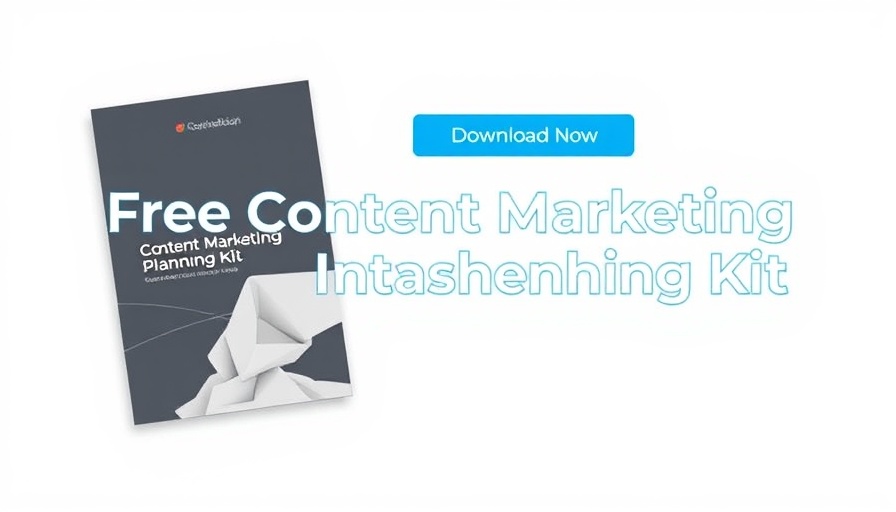
The Shift Toward Customer-Centric Marketing
In today's marketing landscape, a remarkable transformation is underway. As we usher in 2025, businesses are increasingly recognizing the immense potential of their own customers as authentic influencers. This shift arises from a growing disillusionment with traditional influencer marketing, where authenticity sometimes feels as distant as the luxurious lifestyles showcased on social media. Influencer culture, once celebrated for its relatability, is becoming overshadowed by a more genuine representation of influence—one that lies within the everyday customer.
Why Consumers Are Reclaiming Their Power
Recent social movements and cultural events have demonstrated the power of consumer voices, altering how brands interact with their audiences. Just look at the backlash against extravagant influencer lifestyles as seen during high-profile events like the Met Gala. Many consumers have voiced their disdain for blatant displays of wealth, favoring brands that embrace authenticity and community over glamour. This sentiment underscores a growing trend: customers are not just passive recipients of marketing but proactive participants in brand narratives.
Bringing Customers Into Focus: The Authentic Voice
The benefits of prioritizing customer narratives over celebrity endorsements are multifold. Research has shown that 92% of consumers trust recommendations from friends and family over all forms of advertising. Esteemed brands like Toco Swim exemplify this by inviting their loyal customers to model their products, consequently crafting relatable and engaging content that resonates with their audience. Such initiatives provide an authentic touch that flashy influencer campaigns often lack.
Strategies for Harnessing Customer Influence
Brands can leverage the burgeoning power of their customers in several impactful ways. Here are some strategies to consider:
- User-Generated Content (UGC): Brands can amplify their reach by showcasing content created by customers. For instance, Heinz launched a viral search campaign around a sailor rescued after being stranded at sea, effectively tying their product to a compelling story and highlighting consumer engagement.
- Community Engagement: Engaging customers actively on social platforms fosters a sense of community and belonging. This goes beyond mere interaction—brands should cultivate conversations and encourage customer feedback to deepen relationships.
- Customer Advocacy Programs: Implementing programs that empower satisfied customers to share their stories can amplify trust. Offering rewards for referrals and acknowledging customer contributions instills loyalty and enthusiasm, turning everyday customers into brand champions.
- Exceptional Customer Service: Investing in outstanding customer service creates a solid foundation for advocacy. By swiftly resolving issues and making customers feel valued, companies encourage word-of-mouth recommendations.
Emphasizing Your Unique Community
Brands aiming for sustainable growth should invest in strategies that reflect their core communities. Incorporating customer stories into marketing efforts humanizes the brand and fosters a powerful sense of loyalty. Snag, a hosiery brand, notably opted for a customer-centric model, foregoing influencer partnerships entirely, which can serve as an example for other businesses.
The Future Looks Bright
The 2025 landscape of marketing will increasingly be defined by authenticity and community involvement. As customers increasingly seek brands that resonate with their values, those companies that prioritize the voices of their customers stand to gain the most. This shift not only drives engagement and trust but also redefines the marketing paradigm in favor of a more relatable and genuine approach.
Call to Action: Cultivating Your Brand’s Authenticity
It’s time to recognize the potential of your customers as your brand’s most powerful influencers. Start implementing customer-centric strategies today, and watch as your business flourishes through authentic relationships and meaningful connections. Your customers are waiting to share their stories—are you ready to listen?
 Add Row
Add Row  Add
Add 




Write A Comment